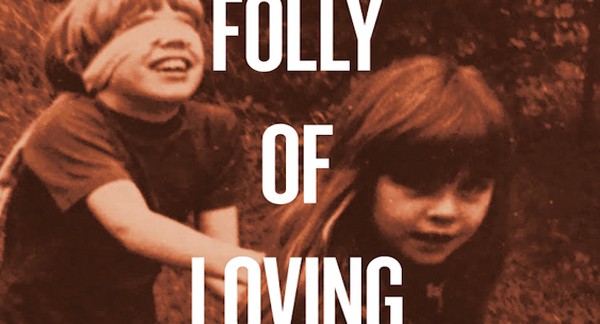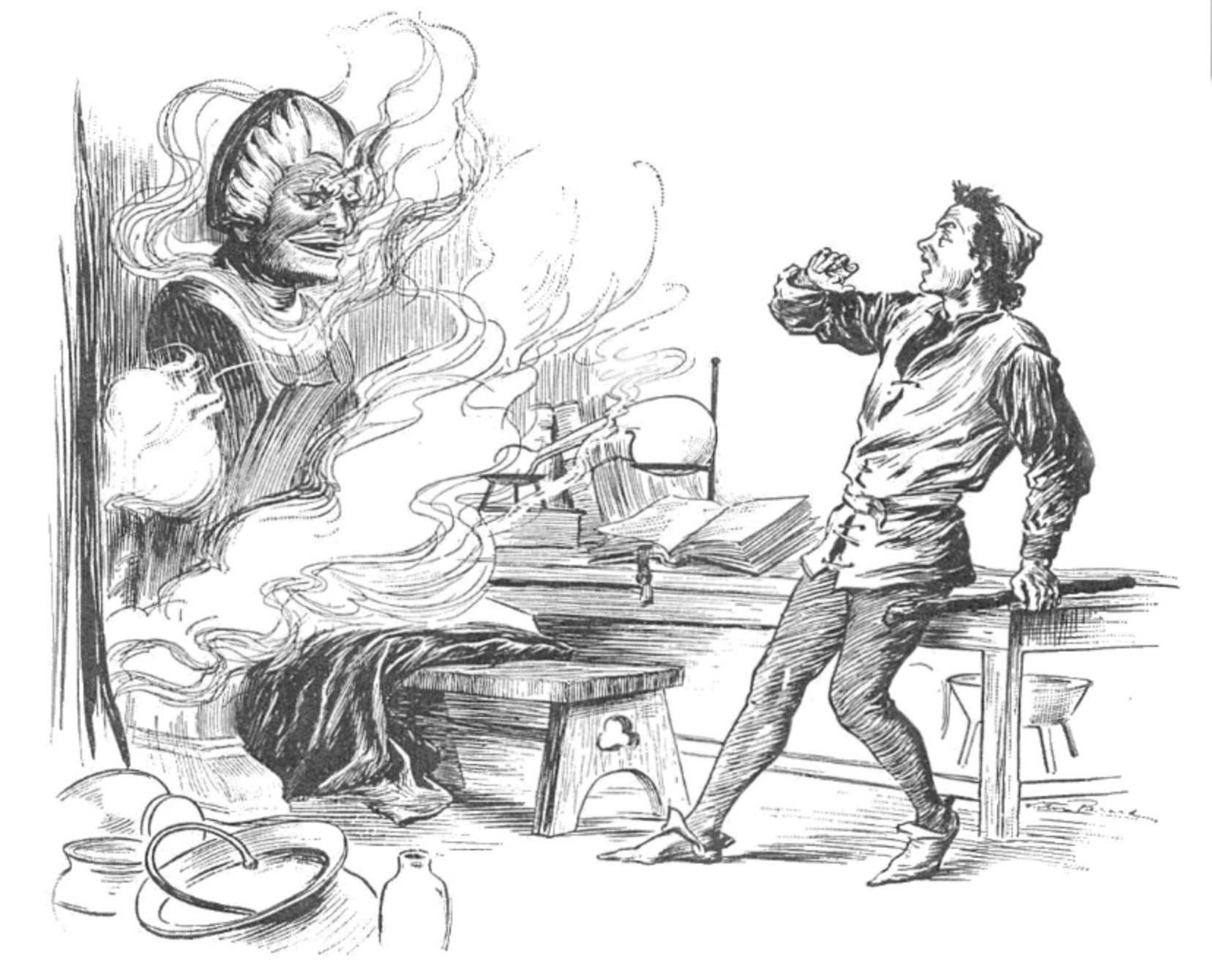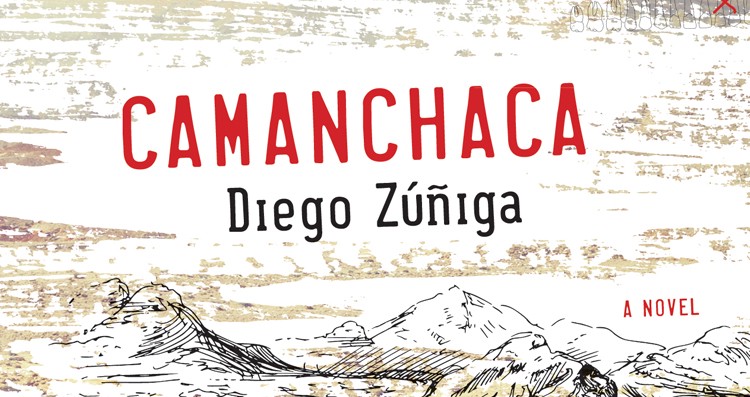Books & Culture
The Wisdom of Loving The Folly of Loving Life

The penultimate story in Monica Drake’s debut short fiction collection, The Folly of Loving Life, is called “S.T.D. Demon.” That, in itself, reveals a whole lot about the tone of these stories: knowing, darkly funny, collapsing under the weight of the past, auguring an inevitable and painful future.
A quote from the same story reveals more: “The motive of all pathogens is to reproduce. Same thing with humans, we just have baby showers.”
That’s Nessie — Vanessa, and occasionally Nessa — one of two major recurring sister-protagonists from an isolated home in country-turned-strip-mall territory outside of Portland, Oregon. So is this:
I weighed nothing. That was where we lived: an anorexic town. Girls worked hard to be less, expect less. When I wanted something, I’d say no. I’d say, No thanks, no way. But what I was always saying really, behind those words? One thing: Love me, motherfuckers.
Nessie is the tall, flirty, waifish elder sister. She wears high heels and drinks heavily, falls for hockey players and deposed dictators, drug addicts and dealers. She wanders the continent in discontent. We watch her grow from a damaged teen to a mother finally figuring out what it means to trod across an apathetic world that shifts under your feet.
Her sister, Lu — Lucille, and occasionally Carrion, at her own request — has her own struggles. Perpetually forgotten, withdrawn and lonely, she goes the goth route rather than following in her sister’s brassy act. She works at a fast food joint as a teen, and has “Fry-O-Lator” permanently seared into her forearm, courtesy of a cruel manager and one bad night. She attends a local college and gets high a lot.
Like Nessie, Lu stops eating, but for different reasons. The fast food joint is one. Another is a disturbing foreign exchange student who lived with her and her family one year after Nessie moved out. He died at the kitchen table while eating, and out of spite for him and his sexual overtures, Lu decides to eat one of the sausages remaining on his plate. She was fourteen.
It’s been thirty years. I feel like that mistake is still with me. I ate a dead man’s greasy sausage, and what if some part of it is still in my body? …I’d have liposuction if a doctor could promise to find exactly the fat cells plumped by that single hot, dripping sausage. I want everything about it to go away. When you see women who don’t eat? Or women who cleanse, detox and purge? I think they’ve done something like this. They’ve eaten in a way that’s left a memory, a creepy ghost, a body inside their own body.
All of which is to say, The Folly of Loving Life makes its most obvious point of comparison, Denis Johnson’s Jesus’ Son, look positively sunny. (Well, at least partly cloudy.) Much of that is because the portrayal mental illness and addiction from women’s perspectives across a span of twenty years or so adds a whole secondary weight.
It’s also due to the sheer scope of this world’s brutality. Nessie and Lu are the products of a broken home — in the collection’s first story, their mother has a mental breakdown, imagining the ghosts of children murdered in their new home calling out to her at night. But their family’s misery isn’t unique. All of these characters are broken — mental patients and drifters, drone operators reeling from PTSD, addicts desperate for their next fix.
Drake wrote two novels before this, and it shows. The collection is almost a novel in snapshots, told from a few different points of view. Nessie is the primary narrator, and Lu after her, but there are others, like one of Lu’s exes. Sections called “Neighborhood Notes,” told from a few perspectives, serve as glances into the lives of America’s forgotten and broken, trying and failing always to escape.
External escape evades these characters, but internally, it’s only as far from them as their resolve. “The road dead-ended again,” Nessie recalls in her final chapter. “I turned around in that funhouse maze, determined. I’d get us out of this.” She’s the only one, in the end, to say it, even to herself. Maybe that makes it true.









